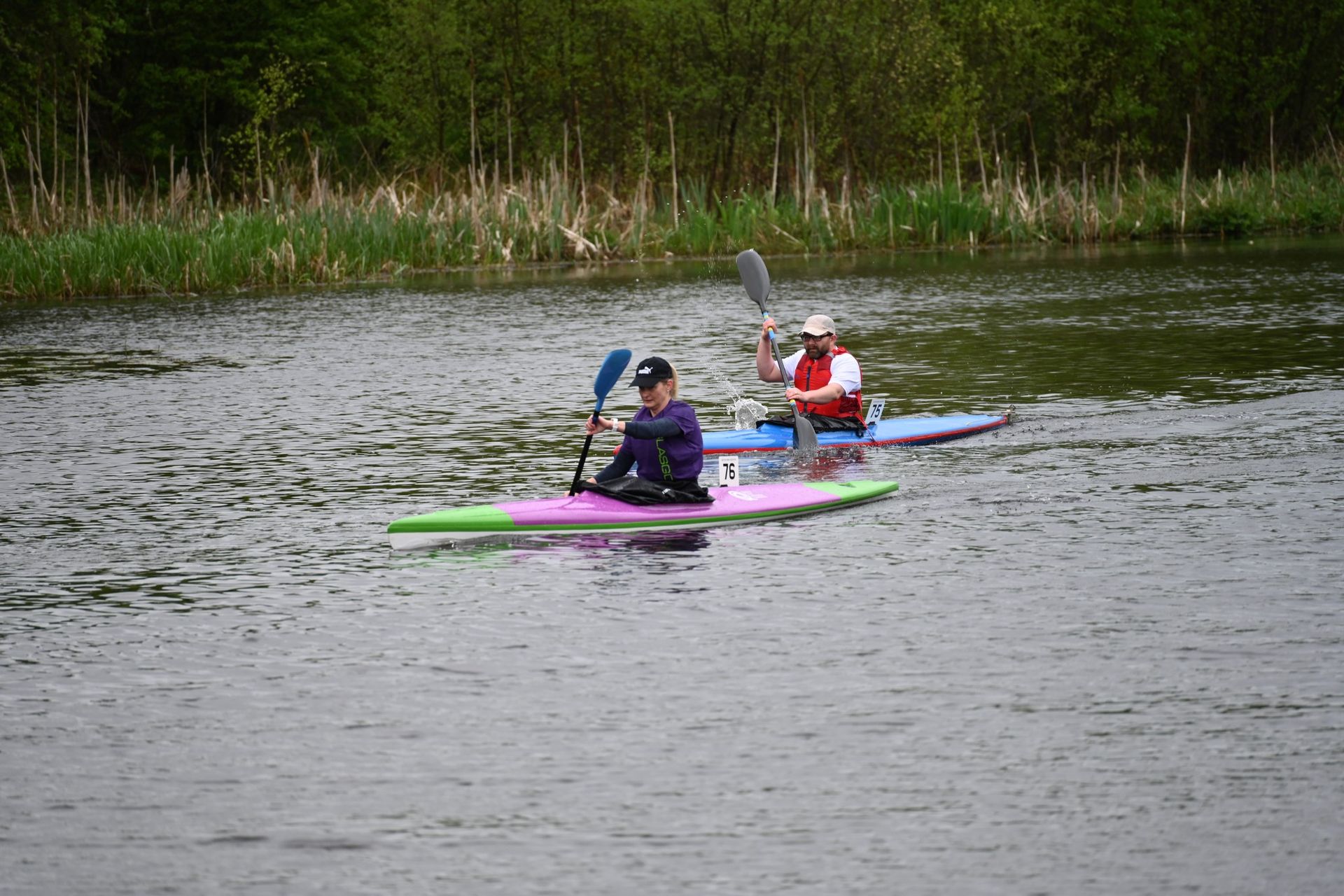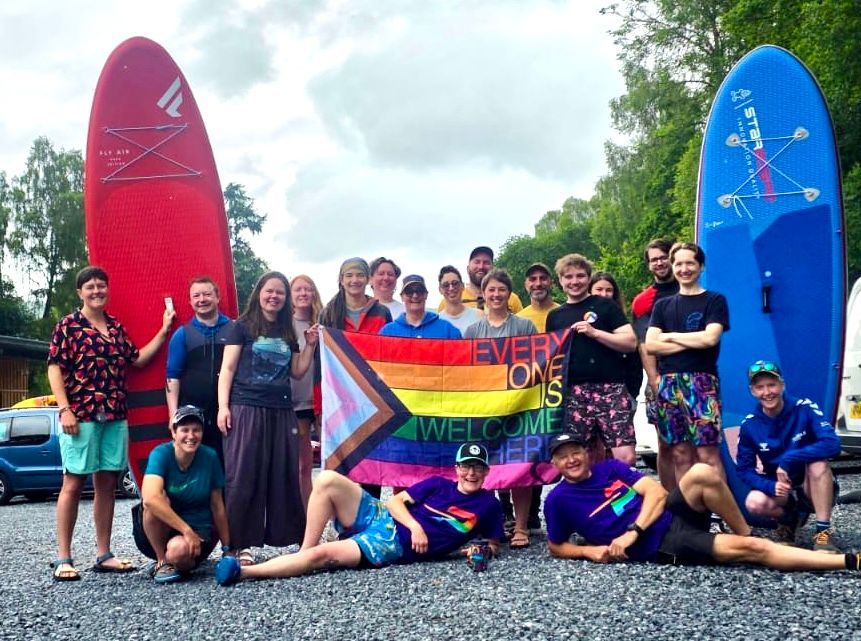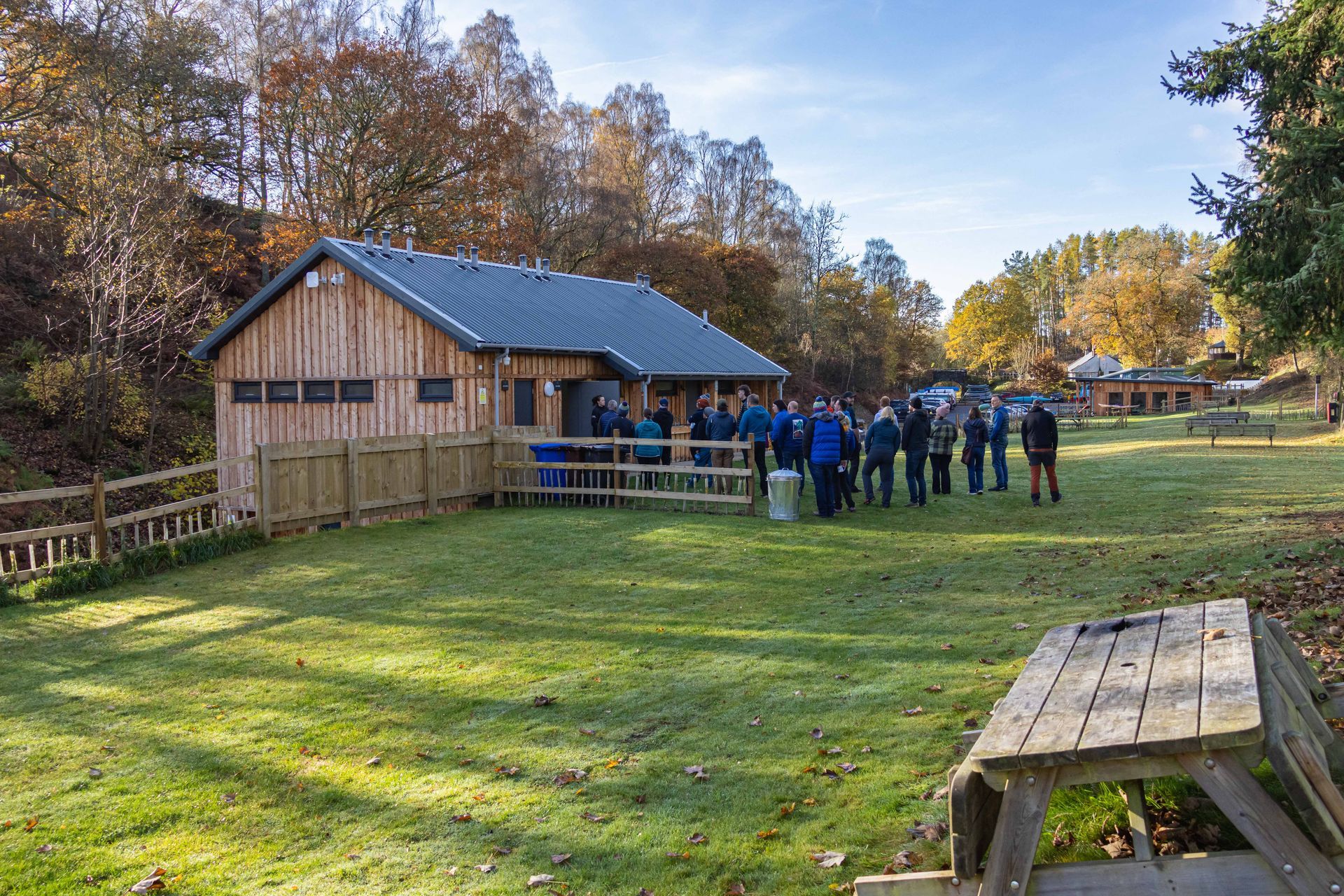Paddling Safely on the Sea: Making a Maritime 'Routine Traffic' Call
In this abbreviated version of Calum McNicol's article for the April edition of Scottish Paddler, some advice to prepare you for your next journey paddling on the sea…
As a paddler, it is important to know how to summon help when things go awry. Knowing where you are, who to call and what to say in an emergency situation are really important elements of our safety management plan - but have you given much thought to deliberately letting someone know your plan in advance of your day on the sea?
In the marine environment you should get into the habit of making a ‘Routine Traffic’ call to HM Coastguard. Some in the boating communities also know this as a ‘Transit Report’, where we let the coastguard know of our intention to take to the sea. Using a mobile phone and having a conversation with the coastguard about your plan for the day is acceptable but by far the best way of informing the coastguard of your intended trip plan is by VHF radio.
The Coastguard loves to hear what your plans are for the day. They enjoy knowing who's on the water and what they are up to. We as paddlers become more useful to the Coastguard if they know we are in a specific area. Not only can they contact you to check if you are OK if some third party has called in to say they have seen a kayaker in distress but they can utilise you to help in any search and rescue situation that might arise. You could become the lynch-pin between the distressed and the coastguard and become a valuable asset in the emergency situation.
How do we go about making a Routine Traffic Call?
We must first hail the relevant Coastguard station. We have a limited number now in Scotland, so it's a choice between Stornoway, Shetland, Aberdeen and Belfast. This is done on Ch. 16. using our own callsign or group name.
It would be usual that the Coastguard then chooses a working channel and more often than not that's going to be Ch. 67 (ship to shore).
After turning to the working channel (usually Ch. 67) we stand-by and wait for the Coastguard to hail us and then we have that all important conversation about our plans for our trip, which could include:
- Where we intend to launch from & where we intend to finish for the day
- The timings of starting & finishing off the water
- The number of people and number and colour of kayaks in our group
- A summary of the safety kit we have with us
- Any intended plans to come out of our boats and practice rescues
- Any other information that you feel the Coastguard would benefit hearing about
Whilst all of the above is following VHF protocols, in essence we are having a conversation with another human on the other end of the radio. They may ask other questions and we should enter into this conversation with the knowledge that they are collating information that may be helpful to both them and to us, so roll with it.
Finally, it's important that when we finish the journey and are safe, that we contact the coastguard using similar steps above.
I challenge you to carry out a routine traffic call the next time you take to the sea and to reflect on the process. This should become an essential part of your safety on the sea.

